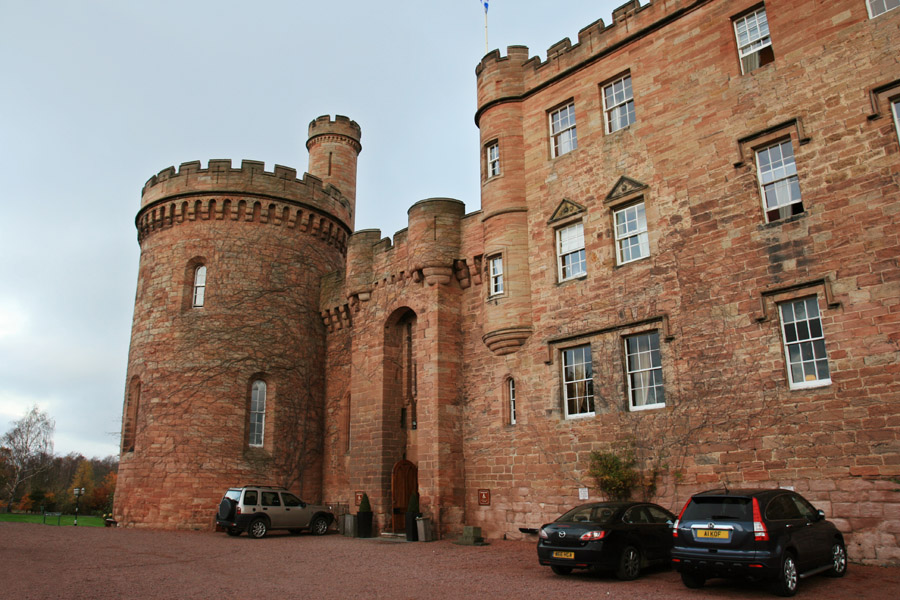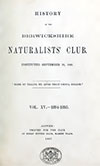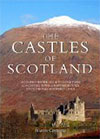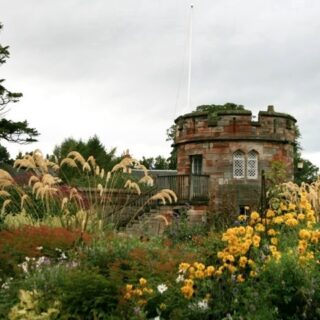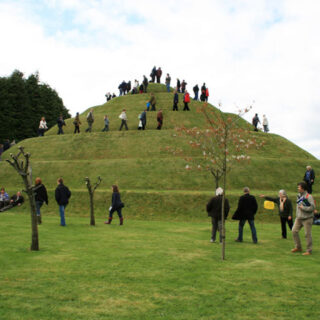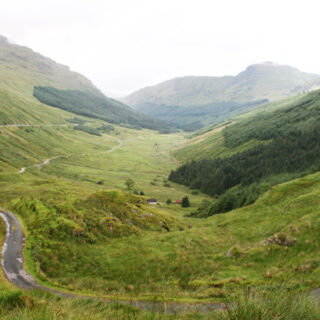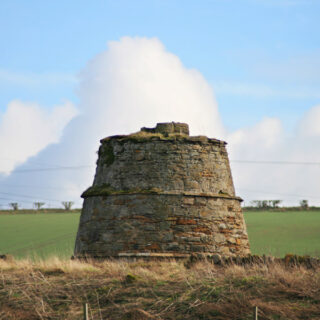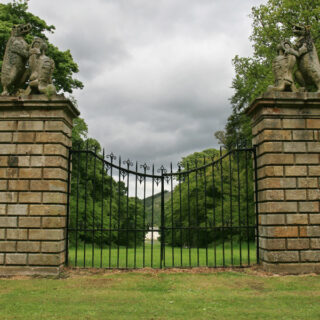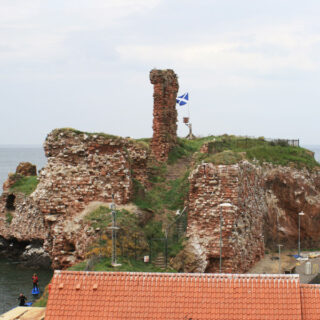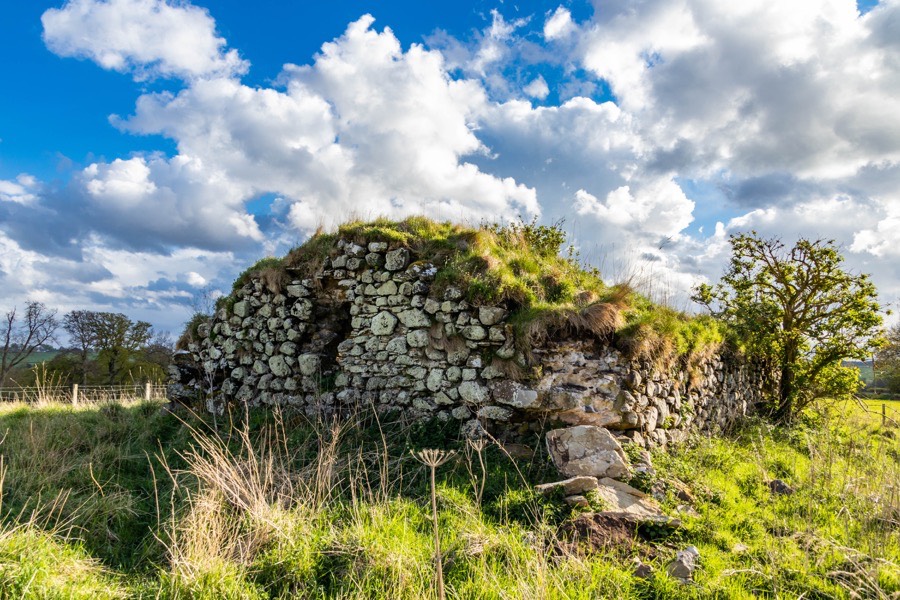

Whiteside Tower is a possible 15th century tower house of which only the vaulted basement survives.
The early history of Whiteside is not clear, however late in the 12th century Audoen of Whiteside was a witness to a gift of land at Innerwick to the monks of Kelso, so this could be the same Whiteside.
The ownership of Whiteside seems to have been tied to the lands of Mellerstain since at least the mid-15th century and possibly earlier, standing around 800m to the south-west on a slight ridge. In 1451 Patrick Haliburton, son of John Haliburton, 2nd Lord Haliburton of Dirleton, was granted Whiteside by James II along with the lands of Mellerstain, but by the end of the 15th century Whiteside and Mellerstain were in the hands of the Haitlie family.
It is likely that the Haitlies built the tower at Whiteside, in its current form at least, either in the 15th or 16th centuries as it shares similarities with other Border peels from this period. The tower was rectangular in plan, aligned approximately west-south-west to east-north-east, and measures around 16.0m long by around 7.5m wide with walls some 1.1m thick. The basement was vaulted, the eastern half of which is still extant but the western half of which has fallen.
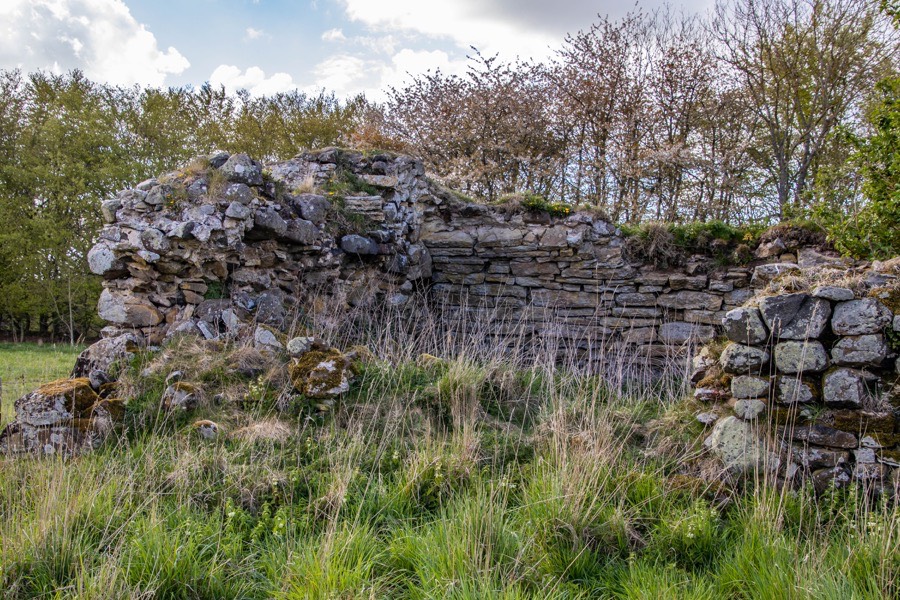
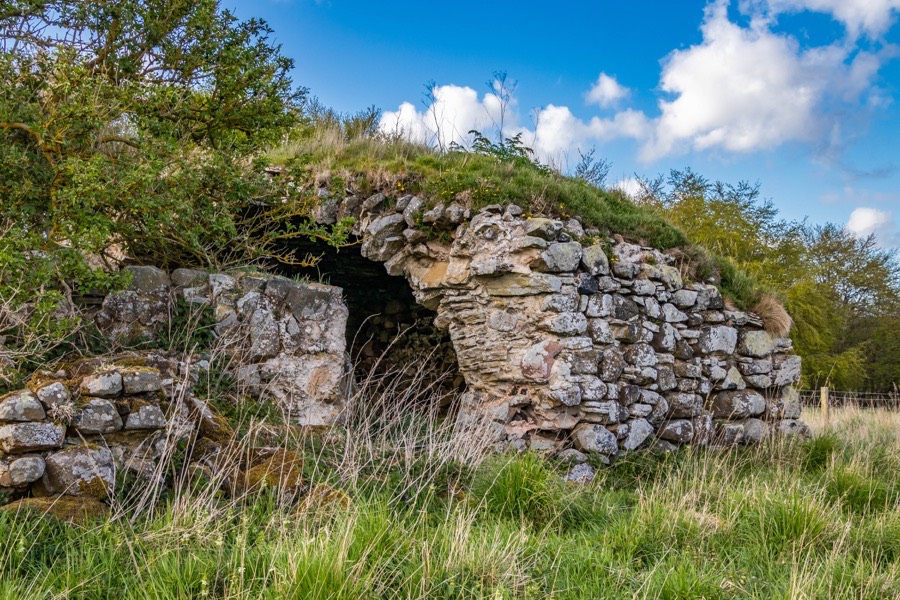
The Haitlies owned the Mellerstain and Fans estates until the 1620s when debts resulted in the them passing to Sir John Edmonstone of Edmonstone and Ednam who received a charter of them by Charles I in 1627. It’s thought that the ownership of Whiteside transferred at the same time (a full history of the ownership of the Mellerstain estates can be viewed on its own page).
Whiteside is marked on Blaeu’s map of 1654 as Whyitsyde but isn’t marked on Gordon’s slightly earlier map.
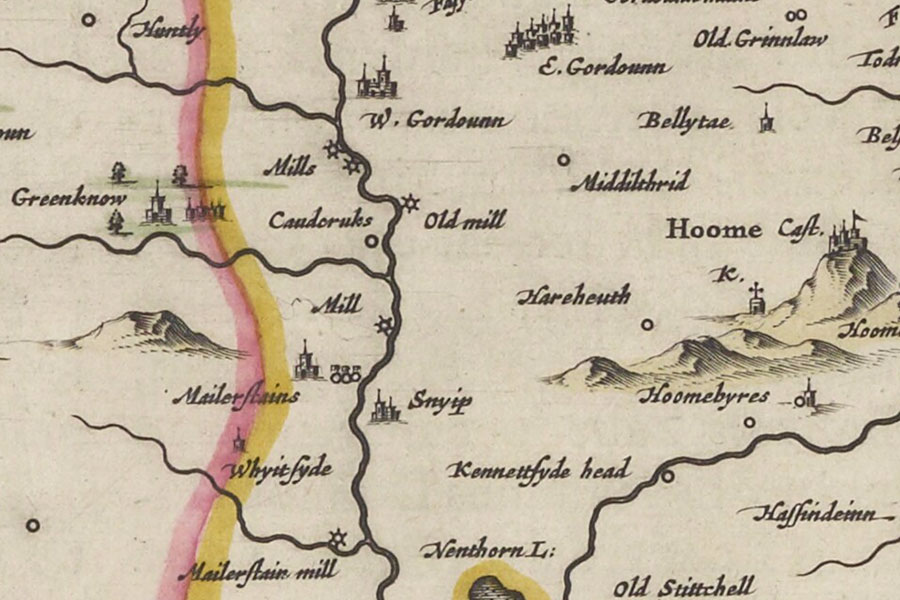
Joan Blaeu, Amsterdam, 1654map image courtesy of NLS
Following Sir John’s death in 1633 he was succeeded by his heir Andrew Edmonstone of Ednam who in 1643 sold Whiteside along with Mellerstain and Fans to George Baillie of Jerviswood. Upon George’s death in 1647 his estates passed to his eldest son, John, who died without issue some time before 1653 and the estates passed to George’s second son, Robert.
Robert was a committed Covenanter and in 1676 he was imprisoned for rescuing his brother-in-law from what he thought was an illegal arrest. His neighbour, Sir Patrick Hume of Polwarth, communicated with him during his incarceration by sending his 10 year old daughter, Grisell Hume, as a messenger. Robert was later involved in the Rye House Plot against Charles II in 1683, sentenced to death for treason and executed at the Grassmarket in Edinburgh in 1684. His estates were forfeited and in 1685 were granted by James VII to George Gordon, 1st Duke of Gordon.
Robert’s young son, George, and Sir Patrick fled to Holland and were later joined by the rest of Sir Patrick’s family including Grisell. George became an officer in the Prince of Orange’s Horse Guards, and returned to Britain in 1688 along with the future William II (in Scotland, William III in England). In 1690 George’s estates were restored and in 1691 he married Grisell Hume whom he had got to know during their time in Holland. In 1725 George commissioned William Adam to design a new house at Mellerstain, but the fate or condition of Whiteside at this time is not known.
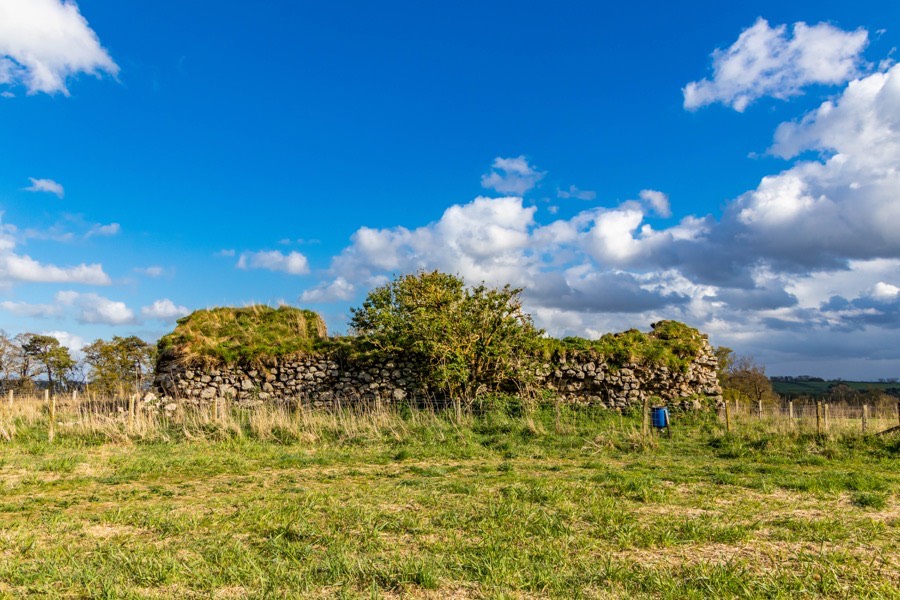
Whiteside isn’t marked at all on Roy’s mid-18th century map and it was certainly a ruin in the 19th century when it was apparently known by some as the “Bogle House” and deemed to be haunted, while it is said to have been thatched with bennels (bog reeds) or rushes within living memory. Today the ruins stand in a field of the same name.
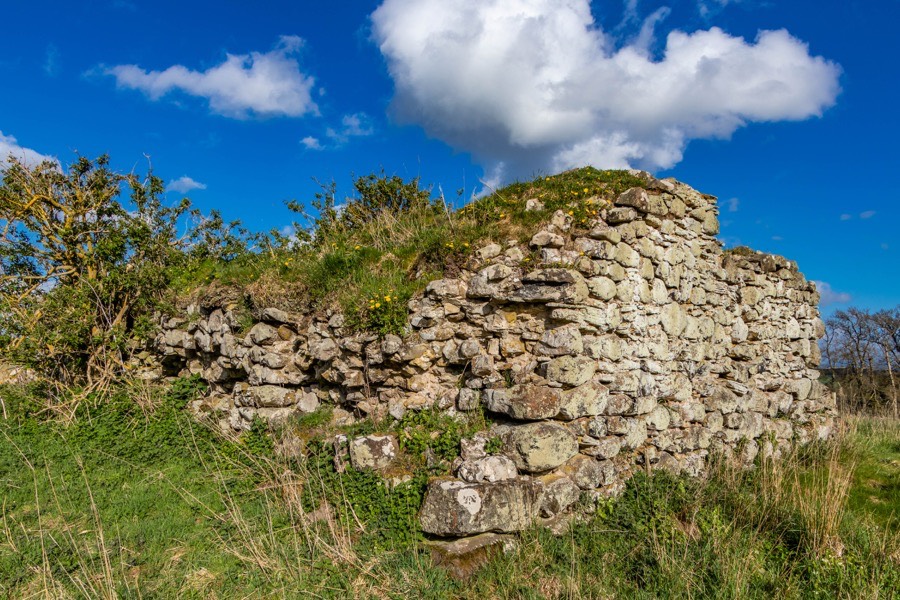
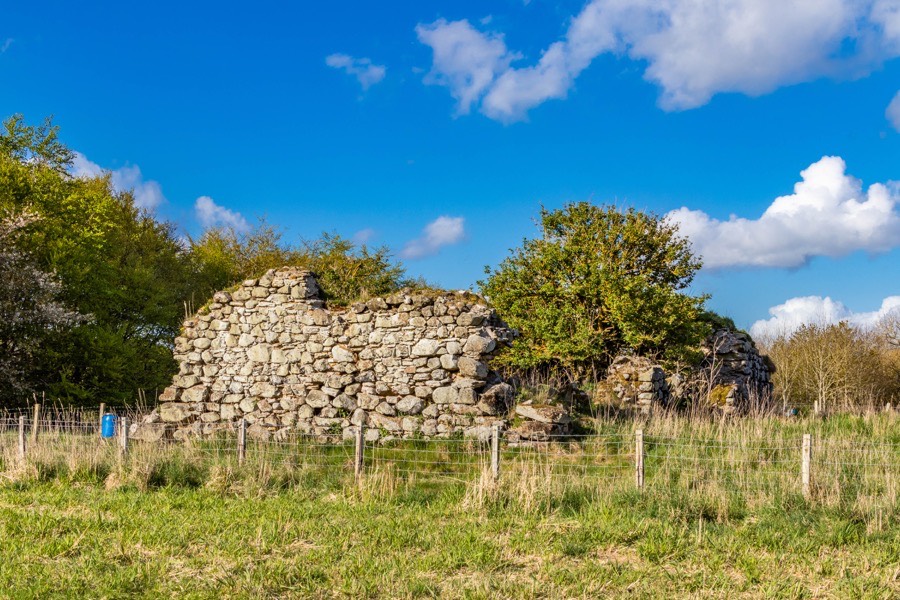
Alternative names for Whiteside Tower
Whiteside House; Whiteside Peel; Whitesyde; Whyitsyde; Whytesyde
